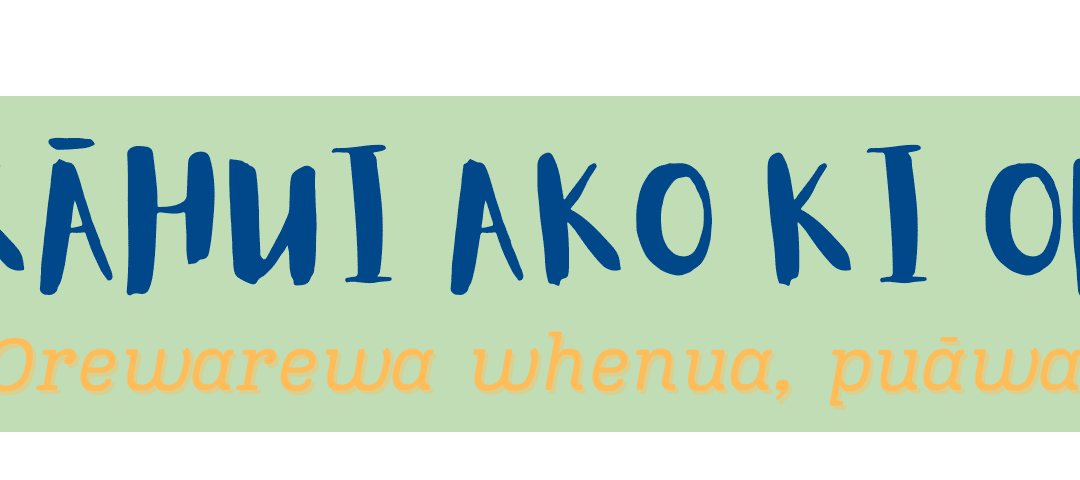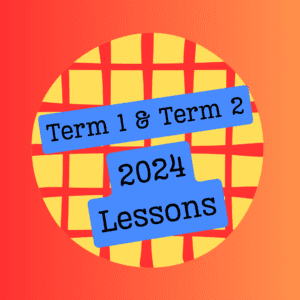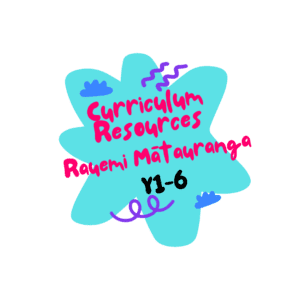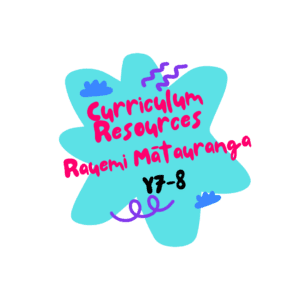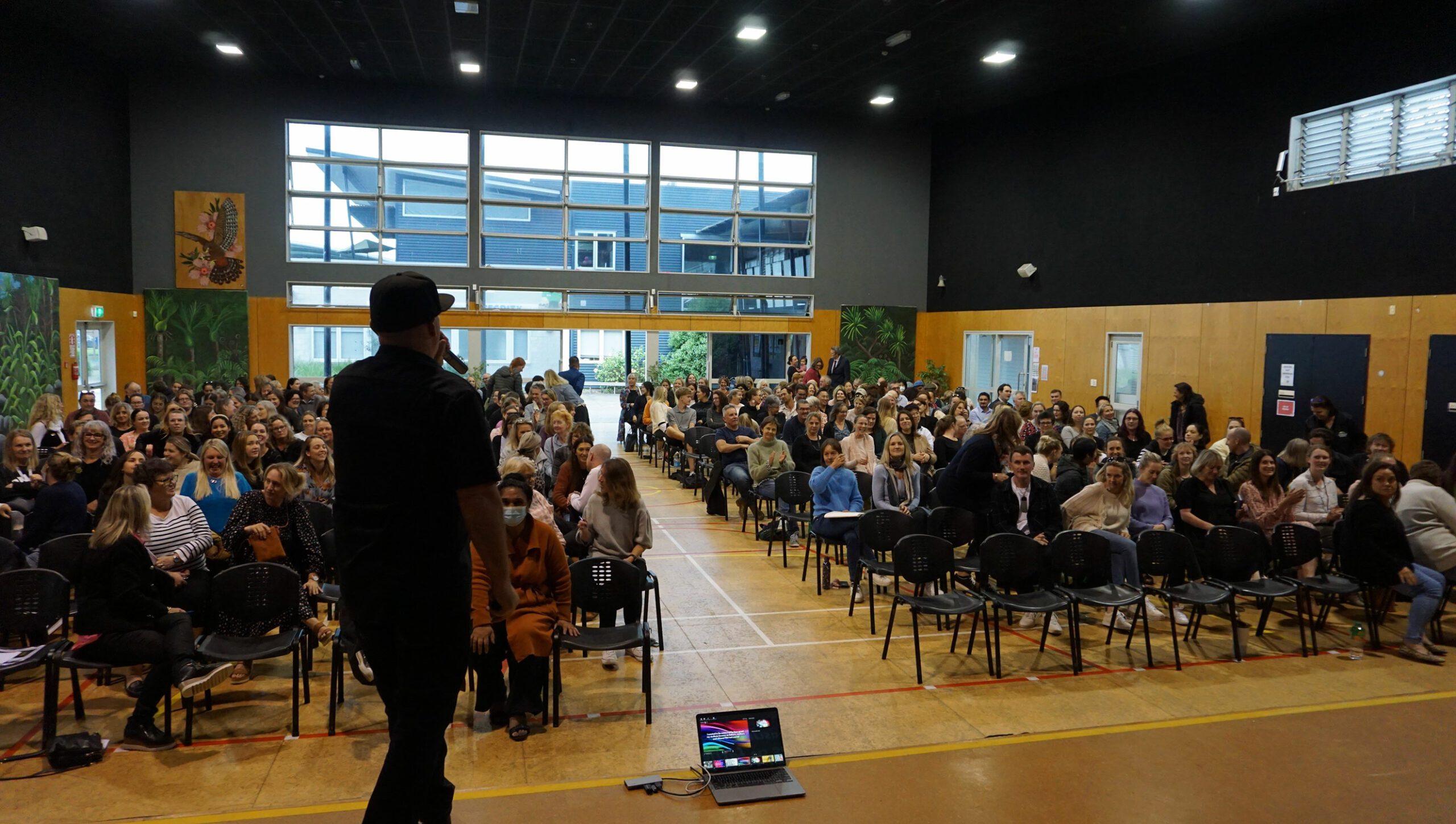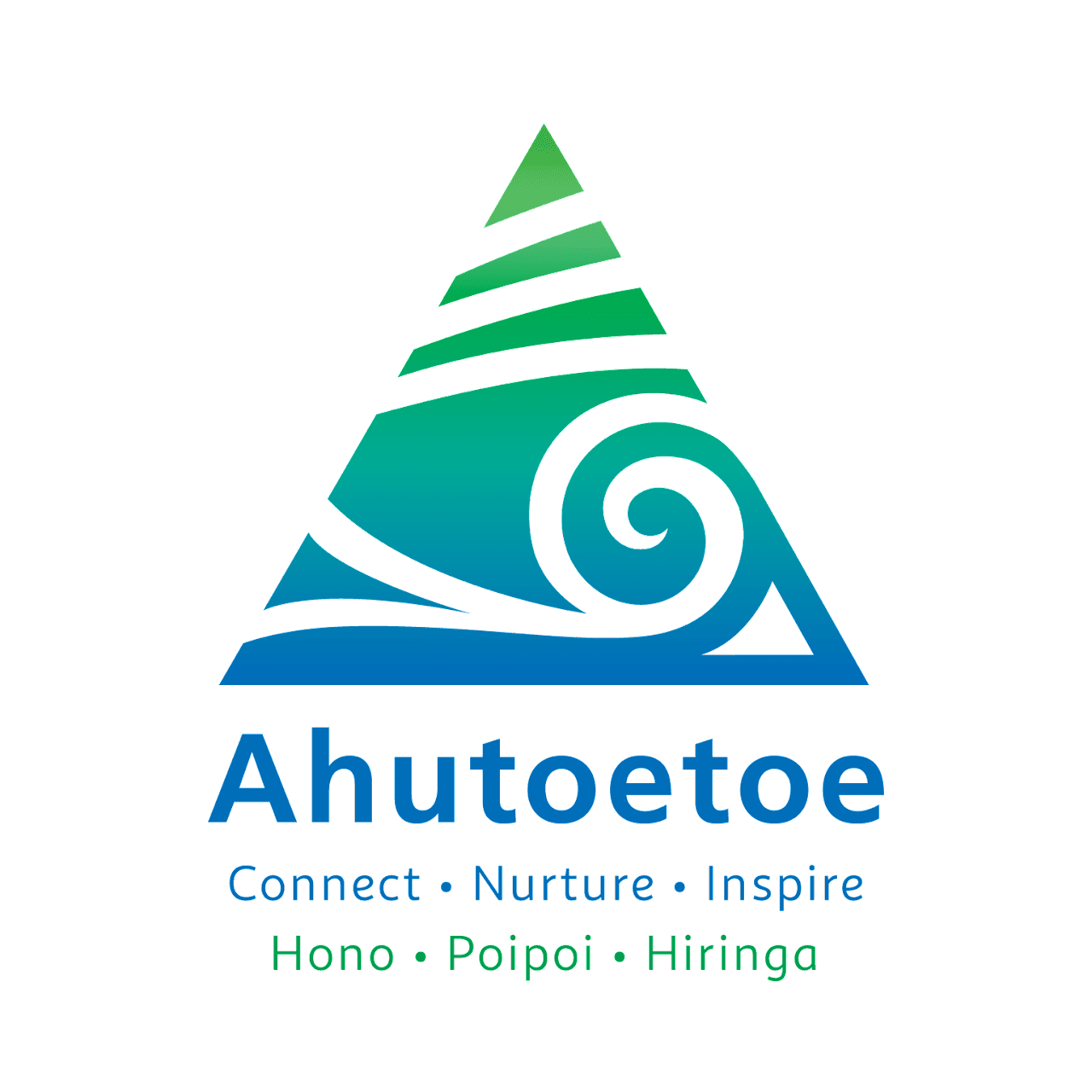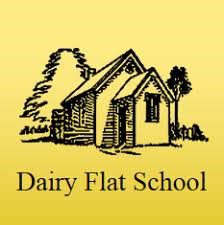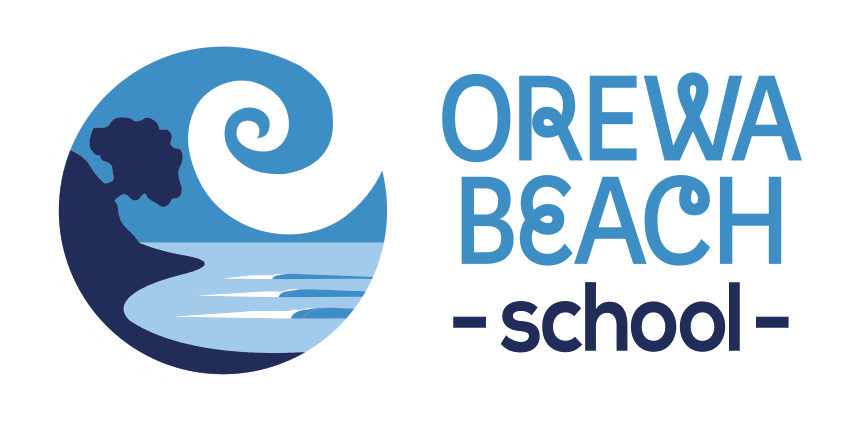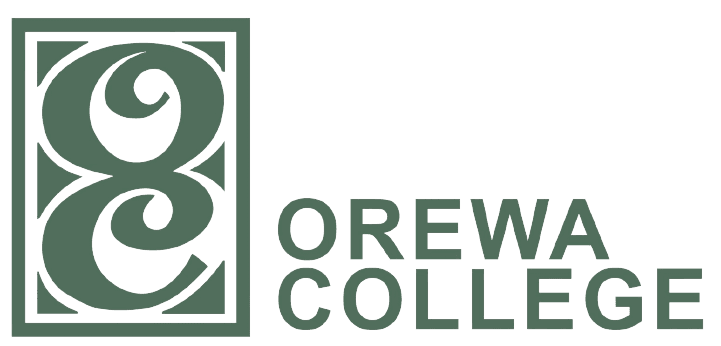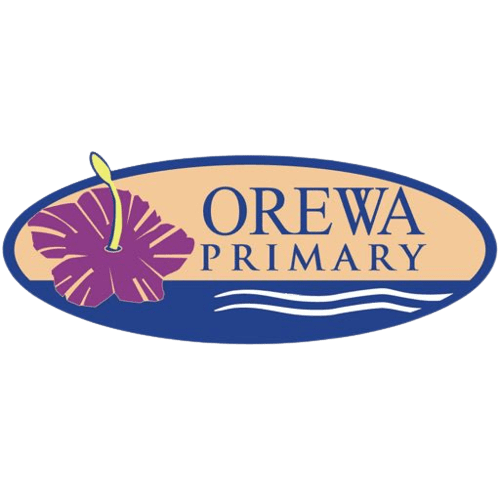Rāmere, te 29 o te Hune 2023
Orewarewa whenua, puāwai māhuri
On the fertile ground of Orewa, the sapling blooms
Competition – Each week we will have a competition. One lucky winner will receive a $20 Millie’s Coffee voucher! It’s simple, just email your answer to [email protected]
Congratulations to Fran Earwaker this week’s winner!
This Week’s Question/Pātai o te Wiki: What does the kīwaha/colloquium
“Mānawatia a Matariki” translate to?
Have something to share? Get in contact with one of our Across School Leaders – we would love to hear from you!
[email protected] Te ao Māori
[email protected] Hauora
[email protected] Future Ready
[email protected] 21st Century Learning
Kāhui Ako Lessons Te Ao Māori Overview for Term 3 2023
We are close to completing our latest set of Te Ao Māori Lessons (Overview) for next term and thought that we’d share the overview in it’s current form for you to be able to access for planning. Feel free to take a look at what we have installed for next term and note that we have a few things to adjust and create over the next few days. You can see an example of our lessons below by following the link. The Kāhui Ako ki Orewa now puts out a junior set and a senior set of lessons that cover a broad range of areas of Te Ao Māori including games, language structures, kupu/words tikanga/protocols, waiata/songs, mihimihi, pepeha etc…in a way that supports both teachers and students. Junior Lesson Slideshow Example Senior Lesson Slideshow Example Junior Lesson Teacher Notes Example Senior Lesson Teacher Notes Example
Digital Integration – Literacy
Y0-3 Progress Outcome: I can break a simple task into smaller tasks Y0-3 Progress Outcome: I can create and/or debug simple instructions in non computerised contexts This was a great way to combine a reading group lesson for The Little Red Hen (Year 2) with a Lego-building Algorithm activity. It combines the idea of breaking a task into smaller steps with creating and following non-computerised instructions.
- Have natural surroundings relevant to the species,
- Have access for visitors to view the animals,
- Be a self-contained, sustainable environment that can house an appropriate number of animals with what they need
- Be a safe and nurturing environment for the animals inside and encourage natural behaviours
- Be designed for National Aquarium staff to easily maintain, as well as feed and look after animals.
Computational Thinking Digital Progressions
Designing and Developing Digital Outcomes Digital Progressions

Mānawatia a Matariki– Maar-nah-wah-tee-ahhh Matariki
Not a kīwaha but a salutation or greeting to honour and welcome Matariki
Used as a way to say “Happy Matariki!”
Note: In Te Reo Māori, when a word/kupu ends in a vowel and the next word/kupu starts with a vowel, you blend the two into one word/kupu e.g. you say
Mānawatiaaa Matariki
There are two events coming up which support Hauora for parents and for students
Survey results from the Curriculum Refresh Survey
Thank you to every body who filled out the recent survey about the refreshed curriculum. 73% of respondents have had time to look at the curriculum framework Te Mātaiaho. Reactions to how people felt about it were generally positive with 33% feeling excited about it, 60 percent ok and just 7 % dreading it. We recognised in your feedback that one of things that you wanted to know more about was the progressions model which is one of the things that is changing with the curriculum.
- Aotearoa New Zealand’s Histories was released in 2022 and is mandated to being taught in all schools.
- Social Sciences was released in November 2022, and is available to download and teach.
- English available now – final version will be released Term 3
- Mathematics and Statistics available now – final version will be released Term 3
- Science is in development for release in 2024
- Technology is in development for release in 2024
- The Arts is in development for release in 2024
- Health and physical education is in development for release in 2025
- Learning languages is in development for release in 2025
- While schools don’t need to have implemented the new curriculums (excluding Aotearoa Histories) prior to 2027, it is advisable that they start using them as they become available so the implementation is staggered.

